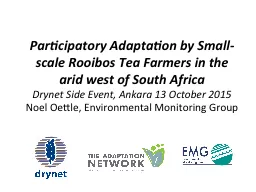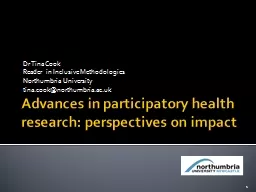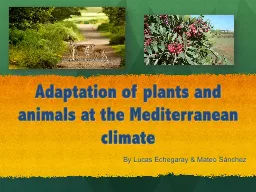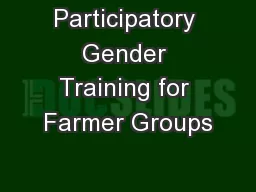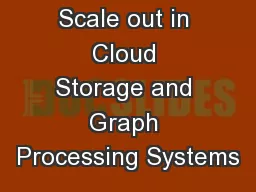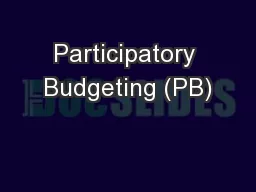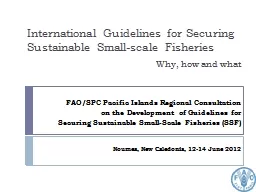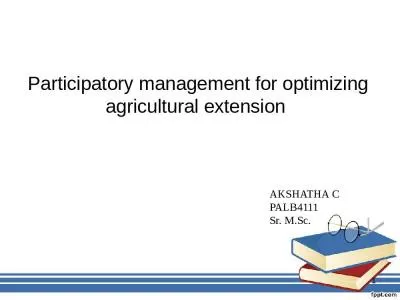PPT-Participatory Adaptation by Small-scale Rooibos
Author : olivia-moreira | Published Date : 2016-07-06
T ea F armers in the arid west of South Africa Drynet Side Event Ankara 13 October 2015 Noel Oettle Environmental Monitoring Group Livelihoods depend on Rooibos
Presentation Embed Code
Download Presentation
Download Presentation The PPT/PDF document "Participatory Adaptation by Small-scale ..." is the property of its rightful owner. Permission is granted to download and print the materials on this website for personal, non-commercial use only, and to display it on your personal computer provided you do not modify the materials and that you retain all copyright notices contained in the materials. By downloading content from our website, you accept the terms of this agreement.
Participatory Adaptation by Small-scale Rooibos: Transcript
Download Rules Of Document
"Participatory Adaptation by Small-scale Rooibos"The content belongs to its owner. You may download and print it for personal use, without modification, and keep all copyright notices. By downloading, you agree to these terms.
Related Documents

